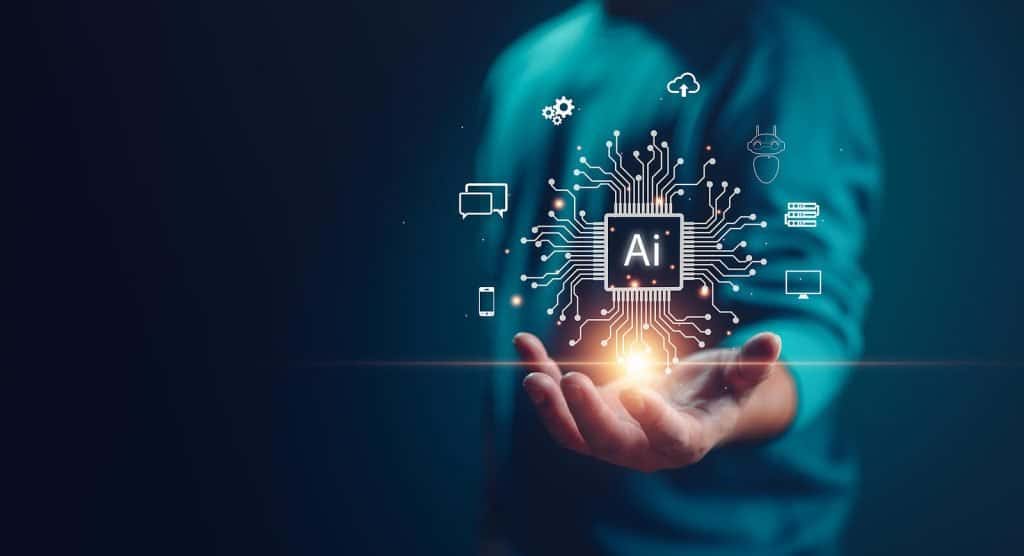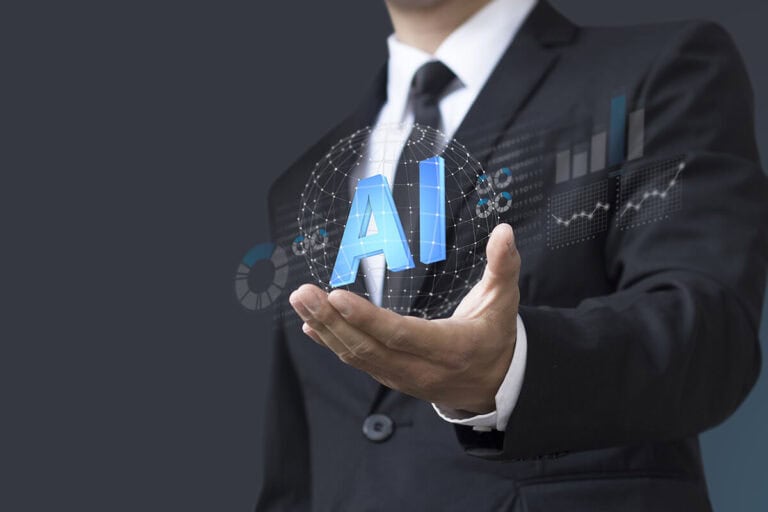Generative AI, a fascinating frontier in artificial intelligence, is like a brush that paints with the ink of data, producing art that mirrors the original but carries its unique imprint. From crafting exquisite art pieces that auction for staggering sums to penning text that could pass for human prose, this form of AI plays an increasing role in our daily lives. For this reason, it is essential to have a basic understanding of this emerging technology, including its history, benefits, and dangers.
Table of Contents
ToggleWhat is Generative AI?
Generative AI is a subset of artificial intelligence that leverages machine learning techniques to generate data outputs that resemble real data. It’s based on generative models, which learn the patterns, structures, and characteristics of input data and can generate new data that should appear statistically similar to the original input data. The outputs range from written text to images, music, voice, and video content.
A Brief Timeline of Generative AI
While the emergence of generative AI might seem like an overnight phenomenon, its roots started with simple models decades, and it’s been an iterative process of development, with each new model building upon the last. Some of the most notable included:
- Autoencoders (1980s) – These early models worked by encoding input data into a compressed form and then decoding it to recreate the input. They served as a foundation for modern generative models.
- Boltzmann Machines (1980s) – Developed by Geoffrey Hinton and Terry Sejnowski, these were the first models capable of learning internal representations and solving optimization problems.
- Deep Belief Networks (2000s) – Also developed by Hinton, this was a significant step forward as these models could learn to generate data after training on a dataset.
- Generative Adversarial Networks (2014) – Invented by Ian Goodfellow, GANs revolutionized the field by introducing a system where two neural networks, a generator and a discriminator, compete against each other. Overall, GANs dramatically improved the quality of generated outputs.
- VAEs and Transformer Models (2010s) – Variational Autoencoders, introduced by Kingma and Welling, provided a new way to train generative models, adding to the diversity of approaches. As introduced by Vaswani et al., transformer models revolutionized natural language processing, leading to models like GPT-3 and GPT-4, which can generate highly realistic text.
Examples and Use Cases
Generative AI has made considerable strides in various industries, exhibiting various applications. For example, in design and art, GANs are used to create unique digital art, new fashion designs, architectural layouts, and more, all by training on datasets and generating new outputs based on learned patterns. Similarly, AI can generate original music, script dialogues, and even entire movies based on pre-existing data in the music and entertainment industry, pushing the boundaries of creativity and innovation.
In scientific research and healthcare, generative AI holds great promise. For drug discovery, AI models can generate potential chemical compounds and predict their properties, drastically reducing the time and resources required for traditional research methods. In personalized medicine, AI can simulate genetic data and generate customized treatment plans based on a patient’s genetic makeup. Furthermore, generative AI is leveraged in natural language processing to create human-like text for chatbots, translators, and content creators, revolutionizing how we communicate and interact with technology. In addition to art and medical applications, some other use cases of generative AI include:
- Text Generation – AI like GPT-3 and GPT-4 can write human-like text, making them useful for tasks such as drafting emails, writing articles, and creating website content.
- Deepfakes – Generative AI can create deep fake videos and images where a person’s identity is replaced with someone else’s. While this has entertainment applications, it also poses some concerns.
- Video Game Design – Generative AI can create new levels, characters, or scenarios based on learning from previous gameplay, leading to an always fresh and challenging environment.
Benefits of Generative AI
The benefits of embracing generative AI are almost limitless and transformative, touching upon multiple sectors and making significant strides in enhancing creative and complex tasks. Overall, this technology amplifies human ingenuity, augmenting our abilities, slashing time and cost in problem-solving, and offering solutions that may transcend human thought. Areas of particular benefit include:
Automation – Generative AI can automate content generation, saving time and resources. This is particularly useful for repetitive tasks like writing product descriptions or generating reports.
Personalization – It can help create personalized content for individual users, improving customer experience.
Predictive Capabilities – Generative AI can predict future outcomes by understanding the patterns in the input data.
Possible Dangers of Generative AI
Just as the technology shows amazing potential, its power also raises valid concerns – the spread of deep fake-driven misinformation, potential job displacement, quality inconsistencies, and data privacy issues all point to a need for careful handling.
- Misinformation and Manipulation – Generative AI, especially deepfakes, can spread misinformation and be used for malicious purposes, such as manipulating public opinion or defaming individuals.
- Job Displacement – As AI becomes better at generating human-like content, there’s a risk of job displacement in journalism, content creation, and customer service sectors.
- Quality Control – AI-generated content may lack the nuance, context understanding, and emotional depth that comes naturally to humans, leading to outputs that may seem awkward, offensive, or inappropriate.
- Data Privacy – Generative AI models need large amounts of data for training, which can raise concerns about data privacy and security.
Final Thoughts
Whether we’re speaking of its application in automating routine tasks, breathing life into our creative ideas, or personalizing our digital experiences, generative AI indeed holds the promise of an exciting, more streamlined future.
In essence, generative AI is like fire. Controlled and used wisely, it can illuminate our world. But left unchecked, it can also cause destruction. As we stand on the brink of a generative AI-driven era, we must learn to wield this tool responsibly, turning its potential into palpable progress while steering clear of pitfalls. The story of generative AI is still being written – and we are its authors.





